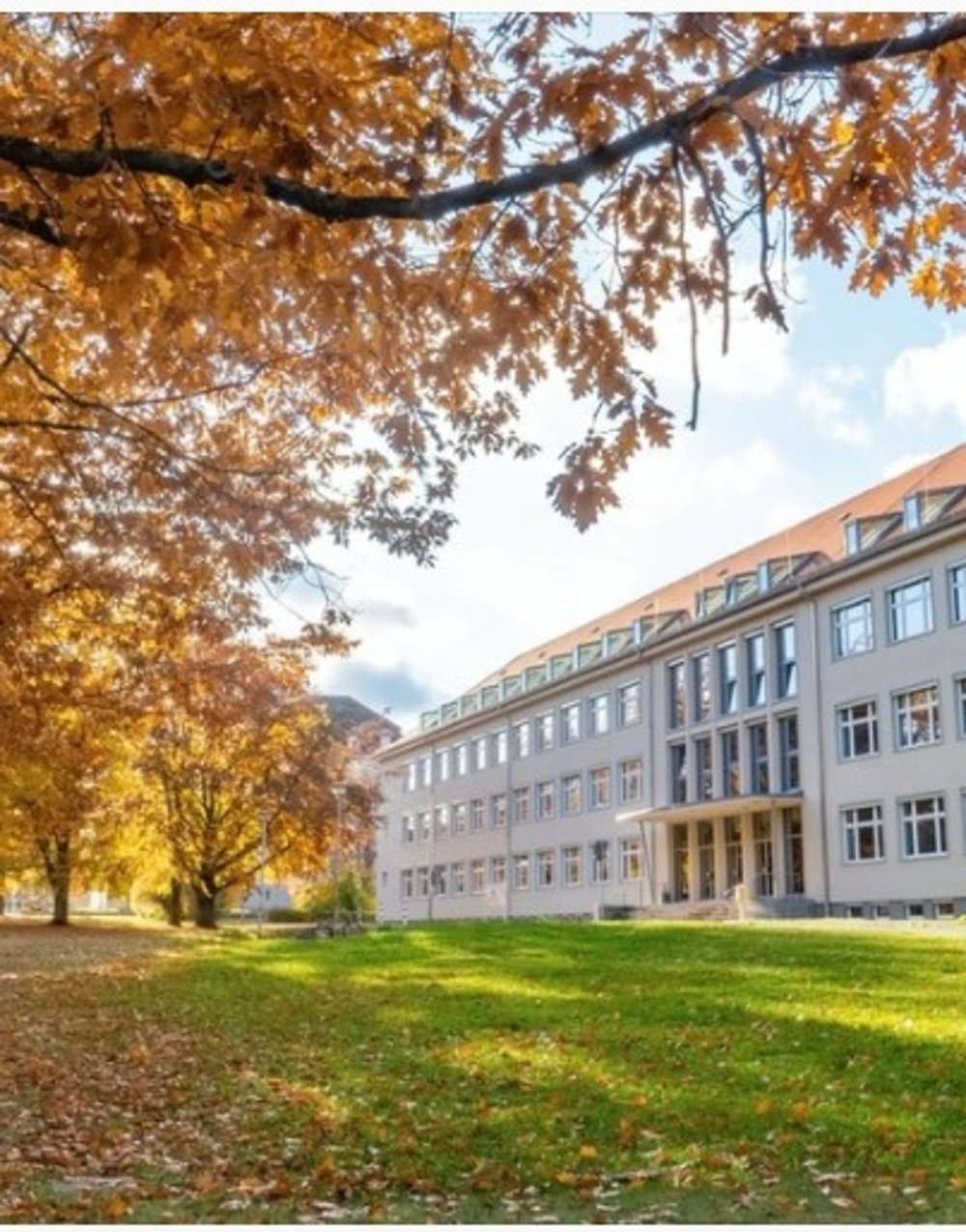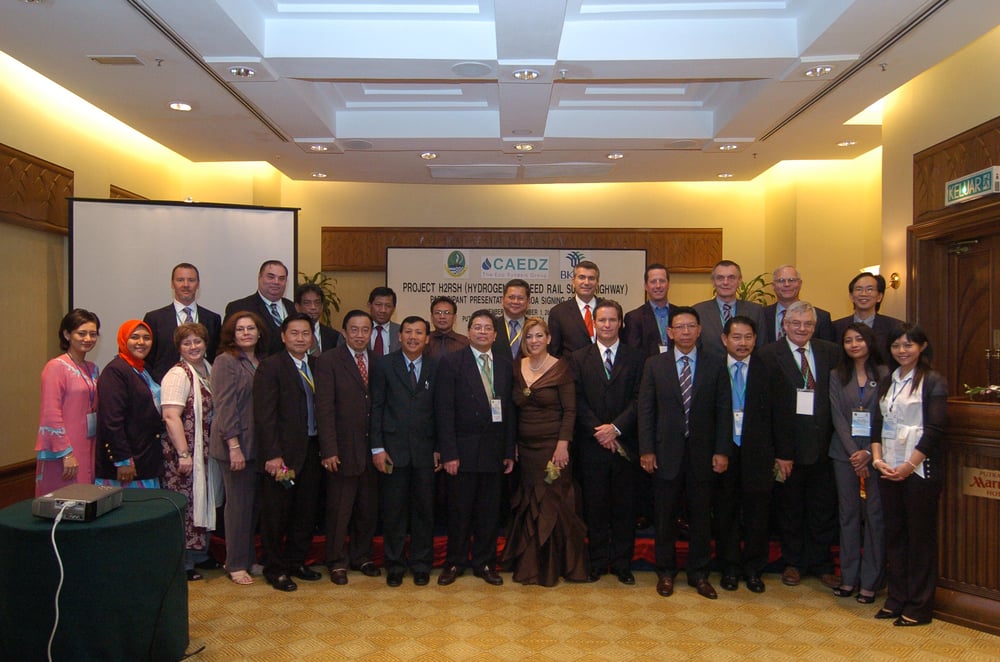
What is Economic Re-engineering?
Definition
Economic re-engineering is the undertaking of transforming the economy of a region (or the world) utilizing a structured multilayer social integrating ecology and well-planned methodology designed to adapt to changing environments and time.
Past Transformation
Add a description here.
Industrial Revolution
The industrial revolution introduced machinery to the world in 1760 but it was not planned. The accidental introduction of machinery in manufacturing worldwide slowly changed how people work, thus changed how the economy worked. This is called the industrial economy.
Common Market
The creation of the European Union in 1949 and ASEAN in 1967 are a well-planned transformation of the economy which affects the rest of the world. This is called a common market economy.
Digital Economy
The introduction of computers, the internet, and multimedia communications pioneered by space technology once again changed the economy of the world. This is called the digital economy.

The Next Transformation
Global Climate Change is the next transformation. This will take another 30 years to complete. GCCI takes the lead in establishing these initiatives.
Why is it vital to start now? The world we know today can only sustain life in less than 100 years without using any artificial aided devices. But in less than 50 years, more and more land will be washed away with rising sea-level. New York, Florida, Jakarta, and many other coastline regions in the world are among those affected.
If nothing is done to mitigate this, while extraction, excavation, and mining of earth's natural resources continue at the same rate as today in the next 10 years we will only have less than 30 years to remain conducive (comfortable) to live on earth.
What is GCCI?
Global Climate Change Initiative is an economic re-engineering program that Caedz has deployed since 2010,
We focus on three issues to address GCCI:
* Population Management.
* Climate Change Incentives.
* Disruptive Technology Protocols.
Past Projects – The Teleport Era
1978 - 2000.
There are more than 300 Teleports built since 1978. Our principal consultants were involved in 7 of them, mostly large urban city developments. The majority are small teleport satellite farms. There were only 3 regional-size teleports developed thus far.
New York Teleport
300 acres – US$2.18 Billion. Started in 1971 and completed in 1988. The Teleport City development in New York is comprised of two parcels of land. The main turnkey contractor was Kajima Corporation of Japan.
Téléport Paris Ile de France
280 hectares - €8.5 Billion. Started in 1984 and completed in 1995. From Avenue François Arago in Nanterre to Boulevard Circulaire in Puteaux, Boulevard de La Défense to Rue Félix Eboué were major development projects.
Tokyo Teleport City
550 hectares - ¥70 Trillion.
Started in 1988 and completed in 2001. Tokyo Teleport was a massive undertaking. It is built on the entire Odaiba district waterfront (large artificial island) plus Ariake and Aomi districts. New laws were added to enable teleport urban development.
German Re-unification - Teleports
358,000 sq km include uniting East and West Berlin.
Started in 1990 and completed in 2010. Our engagement was completed in 1999. It included the rebuilding of Berlin and constructing the seat of the German Federal Government complexes, relocating the Federal Government buildings from Bonn to Berlin's new administrative center. It also included unifying the Railway system throughout united Germany and expanding some major airports throughout Germany. Several Teleport cities were built, including a Mediport city in Berlin.
New tax and financial laws were introduced and enacted to allow the funding of former East Germany re-construction and unification with former West Germany.
Malaysia's Multimedia Super Corridor
Started in 1994 and completed in 1999. Starting with the Kuala Lumpur City Center’s 106-acre development at the north end of the corridor, carrying onto the construction of the North-South Highway road stretching from Thailand in the north to Singapore in the south. The concept of the MSC is based on Teleport regional development. The MSC hub is 53 km long by 35 km wide. Putrajaya is the new administrative center located mid-point of the MSC hub.
10 new regulatory policies (laws) were introduced to stimulate economic growth.
What is a Teleport?
Like an airport or seaport, a teleport city is a wired township or region focus primarily on weight-less cargo. Instead of weight cargo and people, a teleport moves "intelligent" data from one teleport to the next point of destination.
Today, we call teleport city a smart city.
Recent Past - The Pre-Green Era
2000 - 2010

Nevada Synergy City, USA
2000 - 2003
Master plan completed turning an arid desert into a green teleport city on a 200,000 acre BLM land. The project was canceled in 2003 due to a political rift. The developer had a dispute with the authority.
Nusajaya City, Malaysia
2003 - 2006
Originally planned at Desaru Resort (4,000 acres of beachfront resort) in the southern tip of Malaysia was moved westward to the center of the Johor state. Caedz developed the Nusajaya Ecocity master plan complete with Mediport Park as its anchor zone and the project owner transfered it to the State Government and kept the name Nusajaya in 2007. It now takes only part of the ecocity design and turning the remaining city development into a normal megacity with high-rise buildings. Only Mediport Park area is developed as an ecologically balanced theme.
PII Projects
2005 - 2010
Project Indonesia Initiative is a pre-cursor to Global Climate Change Initiative projects. There are three mega projects completed by 2010: Two Regional Waste-to-Energy projects and a Green Toll Highway project have been completed. Whereas, many more projects were started during the PII period that was preliminary to GCCI projects.
GCCI Projects
2010 - Now
At the Hambalang project site. Eldrin Kumendong is explaining the plan to the German delegates.
Seen here as part of the 9,000 Ha of Hambalang greenfield land. This is the site of Hambalang Ecocity.
Caedz project site office include an exhibit gallery of the site.
Group photo together with the landowner taken in 2011. Caedz Germany delegates visit at the hilltop (512 m above sea level) of Hambalang Ecocity.
Initial survey of Kertajati 38,000 Ha of land. Photo was taken in 2007. The authority was explaining the plan to Caedz official.
In 2007 Kertajati is a flat 38,000 Ha greenfield land.
In 2012, the 38,000 Ha officially become known as Kertajati Aerocity. It was planned as another GCCI smart ecocity township.
Kertajati will be the central hub of high speed bullet (maglev) train network in Indonesia.
Maglev can run as fast as 600 km/hr and today maglev train can only be found in Europe and Japan.
Kertajati International Airport Stage I is completed and operational since 2019.
Stage II will proceed next.
Kertajati Airport district is one of 53 Anchor Zones in Kertajati Aerocity. The airport will be expanded from 1,500 Ha to 3,200 Ha.
Preliminary Master Plan for Kertajati Aerocity, another one of GCCI smart ecocity and will occupy about 1.4 million people living there.
Key Anchor Zones are:
- Airport district
- Expo Park district
- Industrial Airpark district
- Healthcare Park district
- Waterfront Municipal district
Most GCCI homes are spacious and 100% ecological friendly.
The homes are energy and water independent.
Most buildings in GCCI projects are deployed, designed, constructed, and erected by individually customized pre-fab manufacturing facility from a world renown German conglomerate specializing in pre-fab technology that existed for almost 150 years.
Indramayu is projected to be among the largest seaport in Asia. It has a vast open sea and deep under water sea bed.
Indramayu sea front today. The development will encompass 15,000 Ha of partial greenfield land call Indramayu Seaport.
Indramayu Seaport is being developed and led by Japanese conglomerate who specializes in seaport construction for nearly 200 years.
Our next smart ecocity project will be in Kansai, Japan.
Smart ecocity in Kansai, Japan.
In parallel with the project development in Kansai will be the development of a smart ecocity in Bavaria, Germany.
Future smart ecocity is near such a school above in Bavaria, Germany.
Smart ecocity across the Bay Area, California will be the next smart ecocity project.
On the site at the walkway of the smart ecocity in Bay Area.
Smart ecocity can be defined as an urban city designed and developed to integrate teleport infrastructure together with clean, green, healthy and sustainable elements.
The signing ceremony for the High-Speed Maglev Train
Photo taken in Putrajaya, Malaysia where only 2/3 of the 26 companies signing this agreement took place. The remaining 1/3 signed similar agreement in Los Angeles 2 months later.

